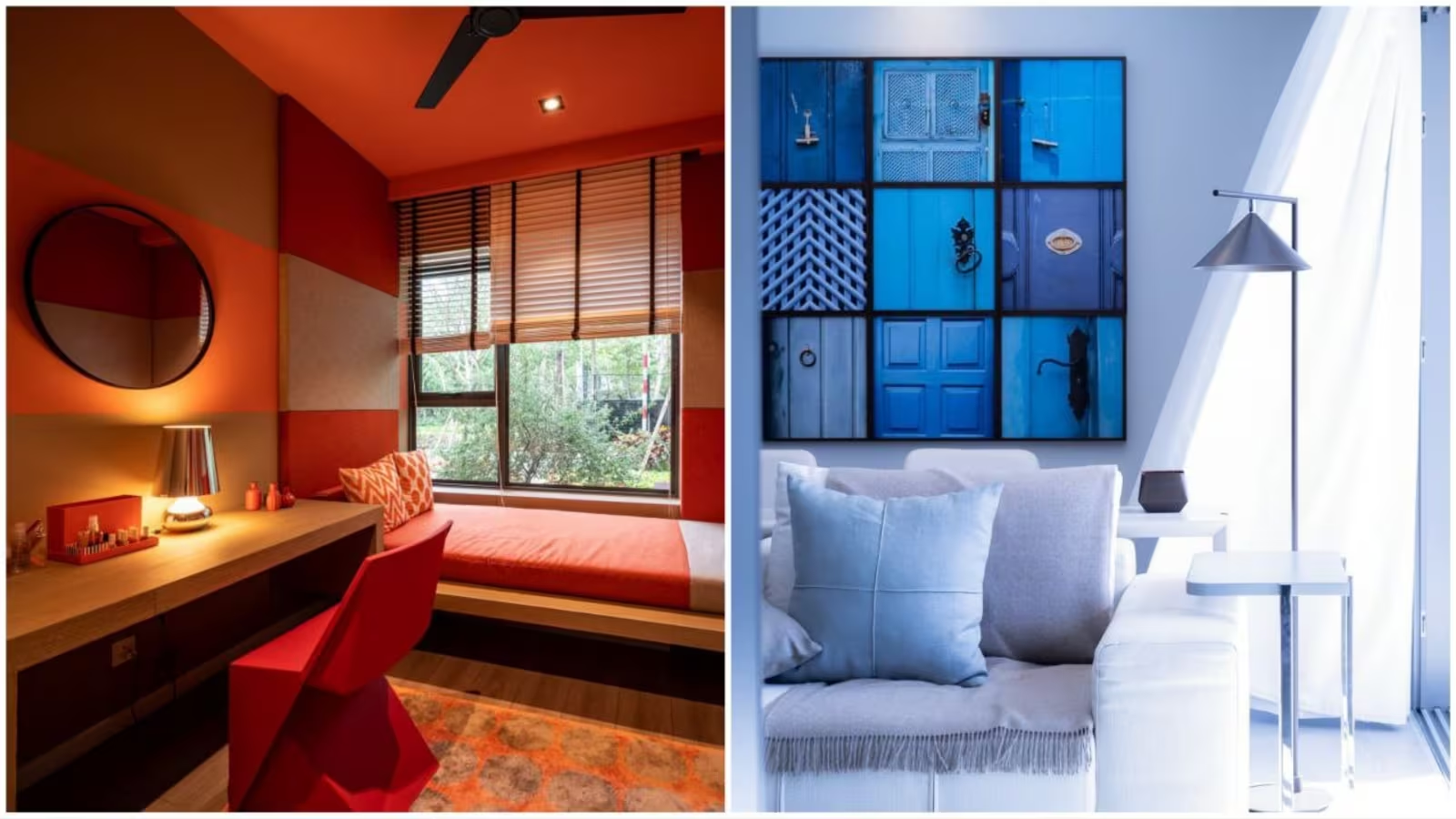How to Choose the Best Roofing Cement and Plytanium Plywood Plywood
As soon as a hole or crack appears in your roof, it is imperative to get it repaired quickly in order to prevent further water damage. One effective method for doing so is using roofing cement.
Rubberized roof cement should be considered when undertaking permanent or long-term roof repairs as this material will resist shrinking and cracking much better than basic basic roof cement. Also choose a manufacturer with high standards and consistent product quality for best results.
APOC 365 Eterna-Flash
This top-rated roofing cement from the US can be used for both emergency and long-term roof repair needs, boasting an excellent reputation among roofers. This rubberized roof cement can seal around chimneys, vent pipes, gravel guards, down spouts and cracks in concrete as well as patch up splits or cracks in spudded gravel roofs (mineral surfaced cap sheet roofs), smooth asphalt roofs (APP and SBS membrane roofs), as well as shingle roofs; even though not weather proof it can still be applied wet or dry conditions! This all-weather rubberized roof cement can even be applied wet or dry!
When choosing the appropriate roof cement for your home, be sure to select one compatible with all existing materials and components on your roof. Keep in mind that roof cement contains lots of solvent; some flexible PVC materials don’t react well as they do not share its chemical makeup.
Roof cement should have an extended temperature range and be easy to use with a caulk gun, while still offering strong adhesion, flexibility, durability, moisture and chemical resistance – these qualities make a good roof cement product suitable for residential roofs. For assistance in choosing an appropriate one for your home contact local roofers or manufacturers directly.
Plytanium
Plytanium plywood from Georgia Pacific is a high-end softwood plywood designed specifically to shear exterior walls and roofs, featuring various sizes and thicknesses that can be found throughout the United States. Furthermore, its sanded sheets help reduce labor time while improving project aesthetics by creating smooth surfaces – something which sanded surfaces can do as well.
Plytanium and regular plywood both rely on engineered wood for their composition; however, there are distinct differences between the two materials. They share similarities such as layers of veneers arranged perpendicularly that are then glued and pressure-pressed together under considerable heat and pressure; however Plytanium differs significantly in that it’s designed for exterior grade sheathing applications during construction processes whereas its counterpart cannot.
Soild Wood holds up better to moisture than some of its competitors and reduces edge swelling during sheathing, with less edge swelling during sheathing process. Furthermore, OSB cannot handle impact like Soild Wood can. Due to these properties Soild Wood makes an excellent choice for sheathing roofs and walls in addition to providing support in other construction projects calling for engineered wood solutions.











